Worst SSV Failure I've Ever Seen
Joseph Corlett, LLC
6 years ago
last modified: 6 years ago
Featured Answer
Sort by:Oldest
Comments (10)
Joseph Corlett, LLC
6 years agolast modified: 6 years agoRelated Professionals
Arlington Kitchen & Bathroom Designers · Baltimore Kitchen & Bathroom Designers · Lenexa Kitchen & Bathroom Designers · Philadelphia Kitchen & Bathroom Designers · Elk Grove Kitchen & Bathroom Remodelers · Jacksonville Kitchen & Bathroom Remodelers · Key Biscayne Kitchen & Bathroom Remodelers · Manassas Kitchen & Bathroom Remodelers · Prairie Village Kitchen & Bathroom Remodelers · Eureka Cabinets & Cabinetry · Graham Cabinets & Cabinetry · Norfolk Cabinets & Cabinetry · Prior Lake Cabinets & Cabinetry · Warr Acres Cabinets & Cabinetry · Tabernacle Cabinets & CabinetryJoseph Corlett, LLC
6 years agoThe Kitchen Place
6 years agoghostlyvision
6 years agoJoseph Corlett, LLC
6 years agoTaylor's Cabinets & Interiors
6 years agoJoseph Corlett, LLC
6 years ago
Related Stories

CONTAINER GARDENSPatio-Perfect Berry Bushes Like You’ve Never Seen
Small enough for pots but offering abundant fruit, these remarkable bred berries are a boon for gardeners short on space
Full Story
DECORATING GUIDES10 Design Tips Learned From the Worst Advice Ever
If these Houzzers’ tales don’t bolster the courage of your design convictions, nothing will
Full Story
DECORATING GUIDESFrom Queasy Colors to Killer Tables: Your Worst Decorating Mistakes
Houzzers spill the beans about buying blunders, painting problems and DIY disasters
Full Story
FALL GARDENINGMake This Fall’s Garden the Best Ever
Learn the most important tip for preventing buyer’s remorse, plus get more valuable buying and planting advice
Full Story
DIY PROJECTS12 Signs You've Caught the DIY Bug
Been making inventive things from scratch? Repurposing salvaged pieces creatively? It may be more serious than you think
Full Story
FIREPLACESRumford Fireplaces Are Hotter Than Ever
Higher efficiency and good looks are leading homeowners back to this 18th-century fireplace design
Full Story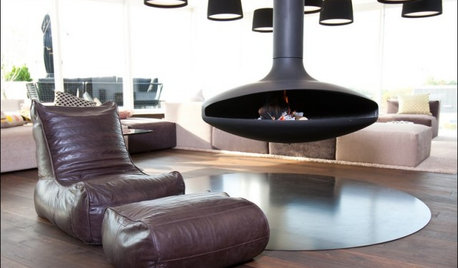
FURNITURE6 Decades-Old Designs That Look Better Than Ever
After getting a few nips and tucks, some favorites from the ’60s and ’70s have made a stylish comeback
Full Story
KITCHEN DESIGNSo Over Stainless in the Kitchen? 14 Reasons to Give In to Color
Colorful kitchen appliances are popular again, and now you've got more choices than ever. Which would you choose?
Full Story
GARDENING GUIDESHow I Learned to Be an Imperfect Gardener
Letting go can lead to a deeper level of gardening and a richer relationship with the landscape. Here's how one nature lover did it
Full Story
LIFEThe Polite House: How Can I Kindly Get Party Guests to Use Coasters?
Here’s how to handle the age-old entertaining conundrum to protect your furniture — and friendships
Full StoryMore Discussions






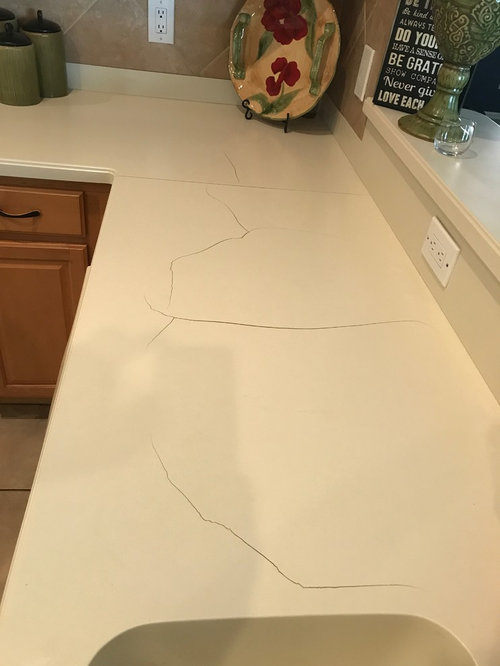
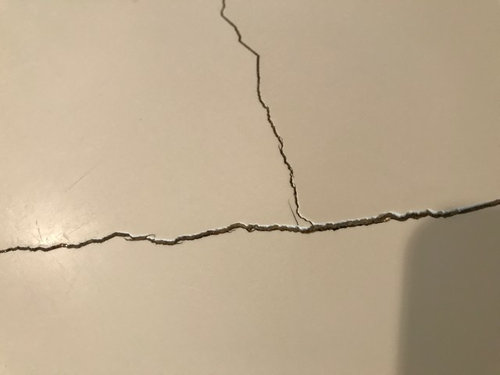

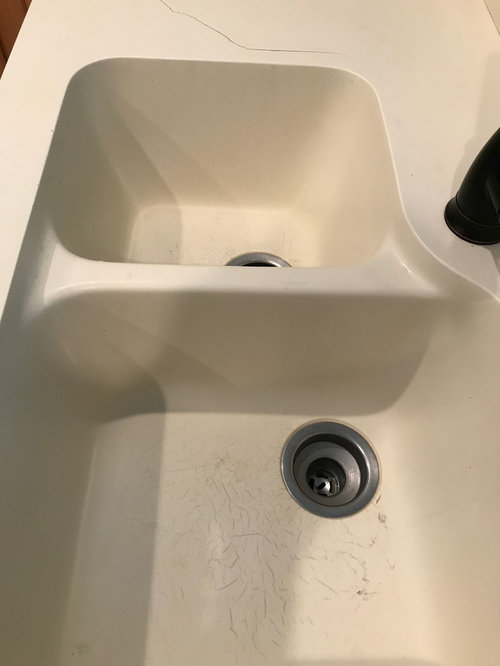
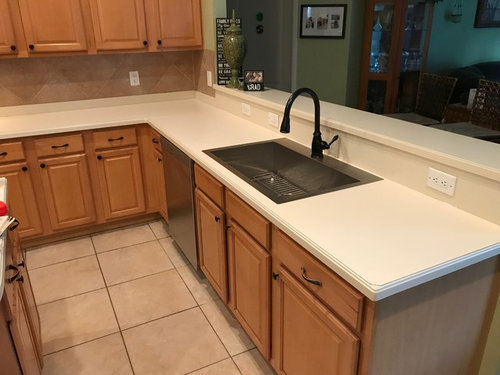



User